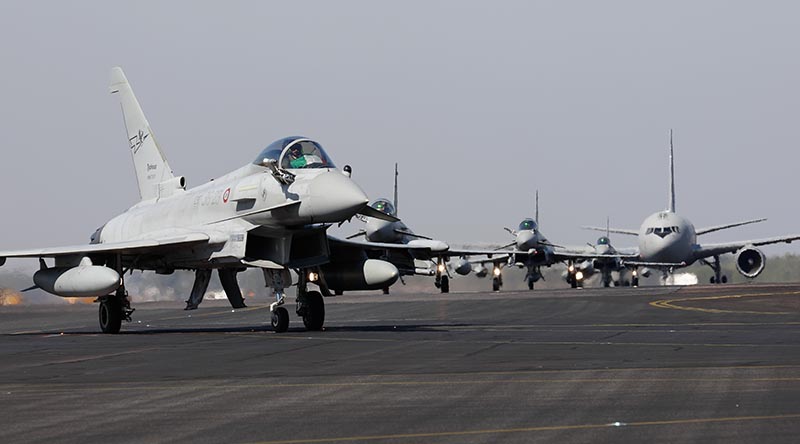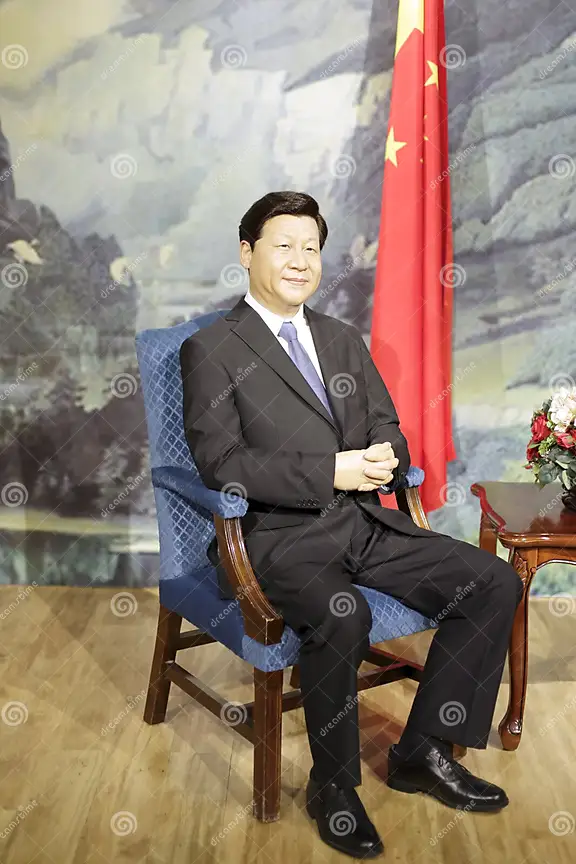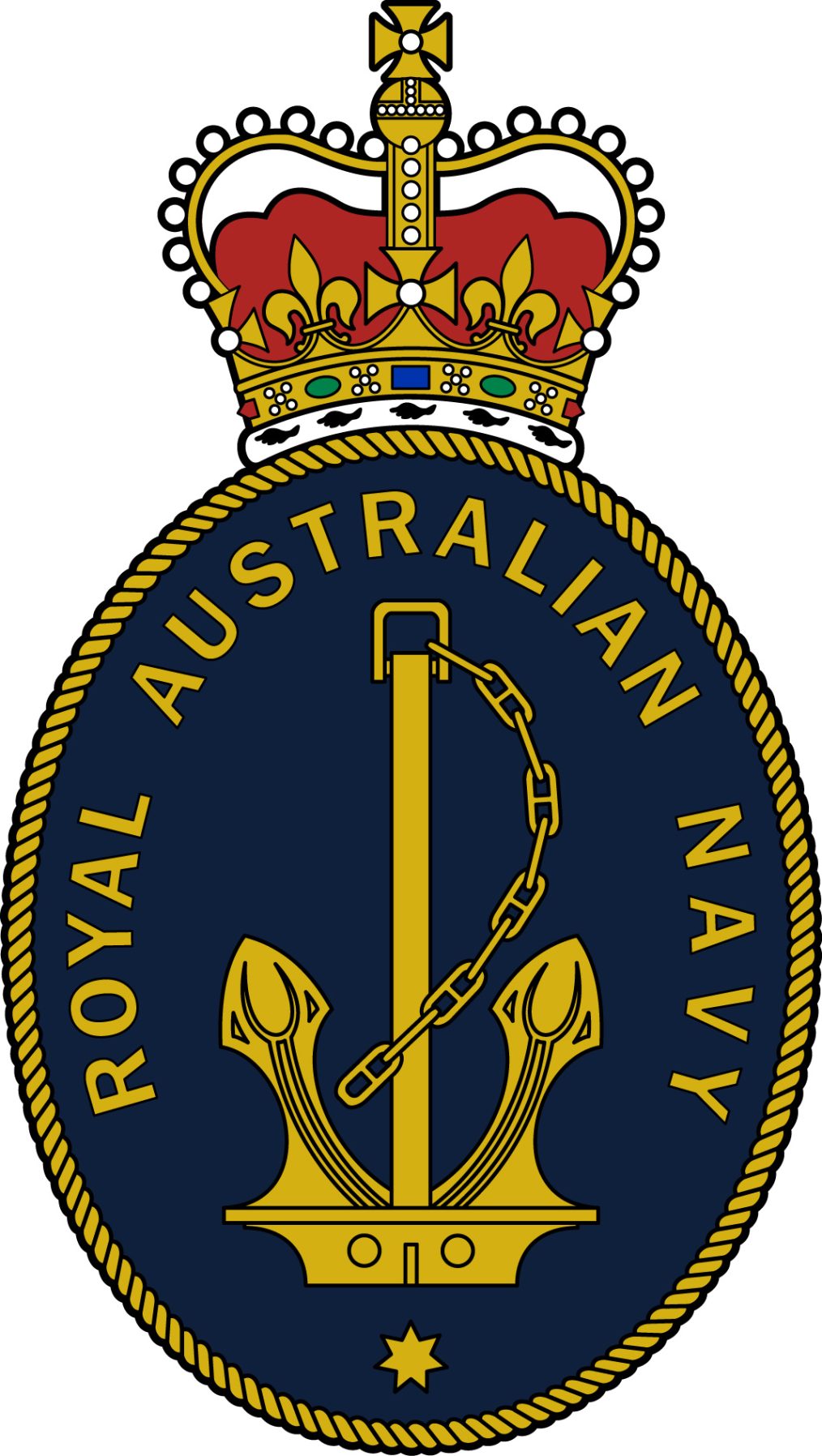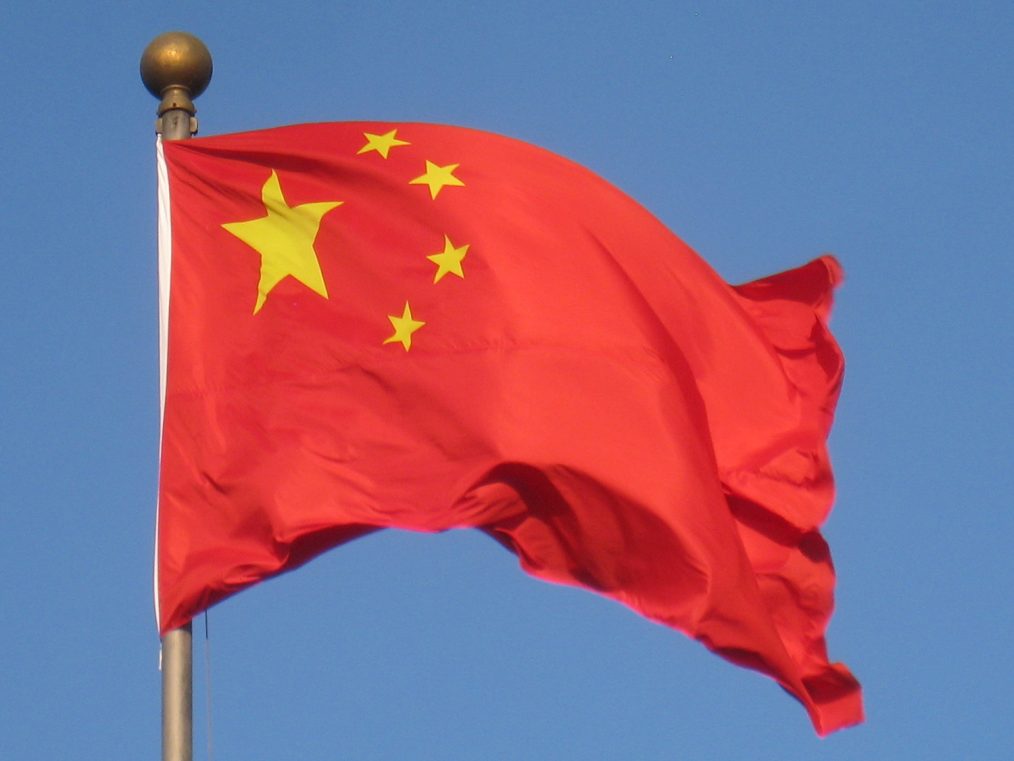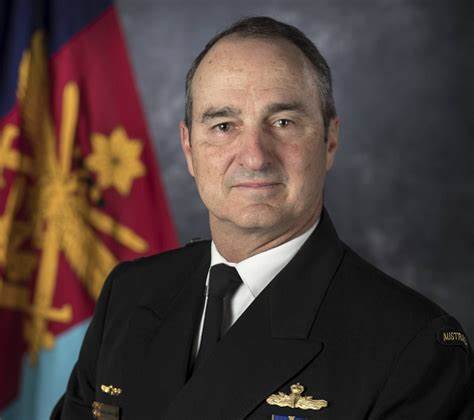From my inbox
Former Chief of Army Lieutenant General (Ret’d) Peter Leahy and American Special Forces officer John Powers have issued a stark warning, declaring that Australia is at risk of becoming a “strategic liability” to the United States. They stress the urgent need for Australia to change course to secure its strategic position.
The past two years have seen significant developments in Australia’s defence and national security, marked by the release of the 2023 Defence Strategic Review, the 2024 National Defence Strategy, the Integrated Investment Program, and the Independent Analysis into the Navy’s Surface Combatant Fleet. These documents outline a new vision for Australia’s defence capabilities.
Critics argue that despite these comprehensive reviews, Australia’s defence remains totally inadequate. The rapidly changing regional and global security landscape demands more than just strategic documents; it requires immediate and tangible improvements in military readiness and capability.
Australia’s “slowly, slowly” approach to defence reform not only leaves the nation vulnerable but also strains its critical security partnership with the United States. Leahy and Powers highlight this issue in their article “Defence flaws make Australia a ‘strategic liability'” in The Australian, questioning Australia’s preparedness for future conflicts and its ability to act independently.
Leahy and Powers pose critical questions for policymakers and the public: Are we ready for future battlefields? Will we be seen as a valuable partner or a strategic liability? Can Australia defend itself independently, or will it rely on US support? These questions underscore the urgent need for a national conversation about Australia’s defence strategy.
Despite Australia’s historic role in supporting the post-World War II order, there has been a worrying trend of complacency and inadequate response to emerging threats. Leahy and Powers argue that Australia’s current military capabilities are insufficient for immediate combat, presenting significant strategic risks.
The Albanese government’s strategic documents emphasize long-term goals and future capabilities, often at the expense of immediate readiness. This approach is problematic given the reduced “warning time” for potential conflicts. Testimonies from recent Defence estimates hearings reveal serious shortfalls in Australia’s military capabilities, including a lack of long-range fire systems, armoured vehicles, and sufficient live-fire training.
Leahy and Powers call for a dramatic shift in government and public attitudes towards defence. They stress the need for immediate improvements in the Australian Defence Force’s combat readiness to prevent becoming a strategic liability. This requires a whole-of-nation effort, engaging the public and industry in bolstering national defence.
Australia must balance its role as a strategic partner with its national interests and capacity as a regional power. Successive leaders have failed to adequately prepare for the current global challenges, but it is not too late to pivot and strengthen Australia’s defence posture. By embracing the realities of the world and committing to substantial defence reforms, Australia can secure its strategic future and maintain its critical alliances.



